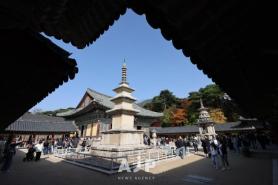
SEOUL, November 27 (AJP) - Strolling along the Cheonggyecheon Stream in downtown Seoul, it is easy to be lulled by the gentle flow of water and the hum of the city fading into the background. Once buried beneath suffocating asphalt and elevated highways, this eco-friendly waterway was miraculously restored in the mid-2000s.
Today, it serves as a serene urban sanctuary for office workers seeking a lunch-hour escape and tourists soaking in the city's vibe.
But beneath the stream's largest stone bridge lies a story that is anything but peaceful. It is a tale of a dynasty’s bloody birth, a stepson’s cold-blooded grudge, and a literal pathway paved with revenge.
To the casual observer, the Gwangtonggyo Bridge is simply a marvel of Joseon Dynasty engineering. Originally constructed in 1412 by King Taejong to tame the flood-prone waters, it was the widest bridge in the capital, spanning 15 meters. Yet, if you venture beneath the bridge and look closely at the stone embankments, you will find something unsettling: upside-down carvings of intricate floral designs and solemn guardian deities.
These are not ordinary construction materials. They are tombstones.

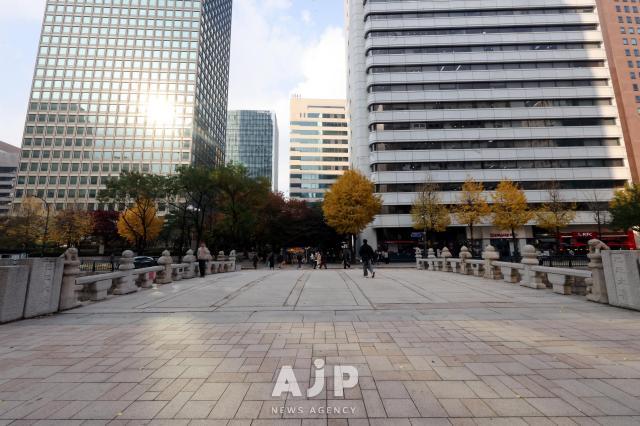
The story dates back to the founding of the Joseon Dynasty in the late 14th century. King Taejo, the dynastic founder, had a beloved second wife, Queen Sindeok. A fierce political operator, Sindeok managed to maneuver her own son into the position of Crown Prince, bypassing Taejo’s older, battle-hardened sons from his first marriage.
The most ambitious of those sidelined sons was Yi Bang-won (who would later become King Taejong). Following Queen Sindeok’s death in 1396, a heartbroken King Taejo built a magnificent tomb for her within the city walls — on the site of the current British Embassy near Deoksugung Palace — so he could be near her spirit.
However, peace did not last. Yi Bang-won launched a bloody coup, killing his half-brothers and seizing the throne. But taking the crown wasn't enough; he wanted to erase his stepmother’s legacy.
Once King Taejo passed away, Taejong exacted his posthumous revenge. He stripped Queen Sindeok of her royal title and dug up her grave, exiling her remains to a remote site outside the city walls.
In a final act of spite, Taejong took the heavy stone slabs and statues from her tomb — sacred objects meant to guard her soul — and dumped them into the Cheonggyecheon. He ordered them to be used as the foundation stones for Gwangtonggyo Bridge. His intent was clear and cruel: he wanted the citizens of Seoul to trample over his stepmother’s grave for eternity.
History is often ironic. During the Joseon era, Gwangtonggyo became the center of a popular folk tradition. On the first full moon of the lunar year, citizens believed that crossing the bridge as many times as their age would ward off leg ailments and bad luck.
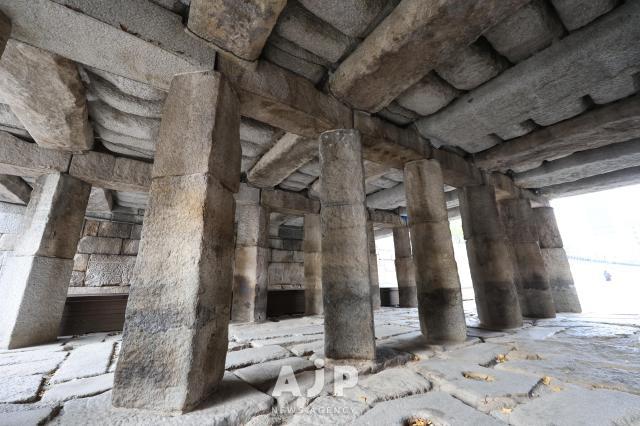
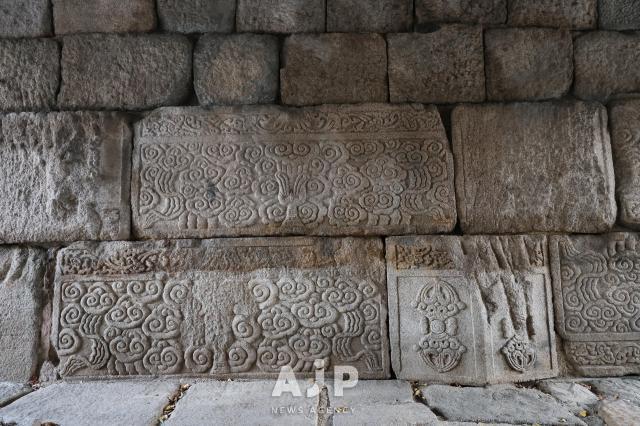
For centuries, thousands of people flocked here to wish for health, unwittingly participating in a king’s centuries-old vendetta as they marched over the Queen’s desecrated tomb stones.
When Cheonggyecheon was restored in 2005, the bridge was reconstructed, and the stones were revealed to the public once more.
Today, visitors can walk under the Gwangtonggyo and touch the cold, granite history. You can clearly spot the Sinjangseok (guardian stones) and the Geumgangjeo (a Buddhist symbol of indestructible truth) carved into the blocks. Some are inverted, others broken — silent witnesses to a family feud that shaped a nation.
Above the bridge, the city of Seoul rushes forward into the future. But below, in the cool shadows of the Cheonggyecheon, the stones of Gwangtonggyo remain, reminding us that even in the most serene landscapes, history is often waiting to be discovered — and stepped upon.
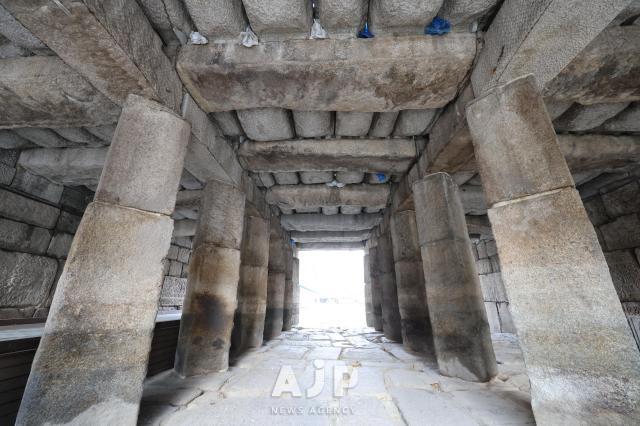
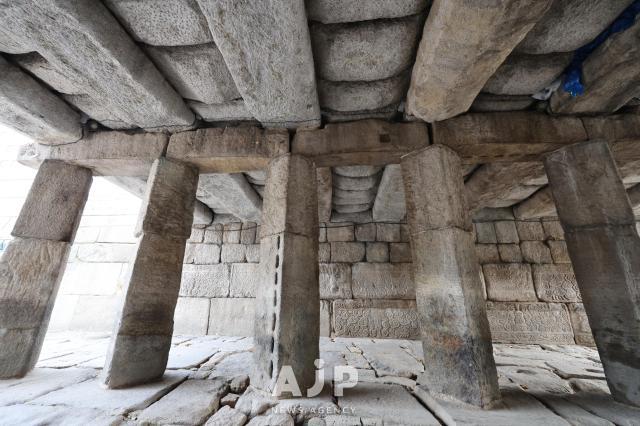

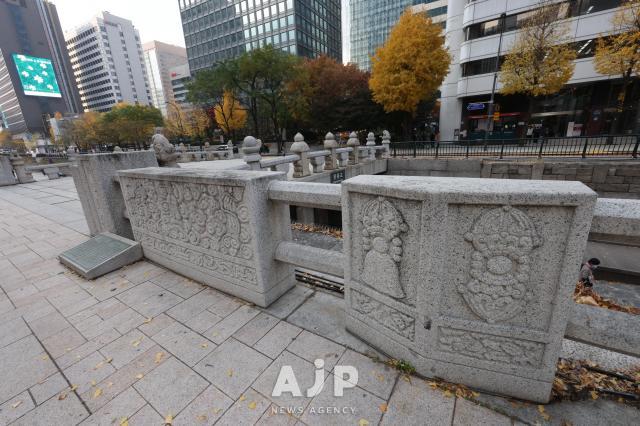
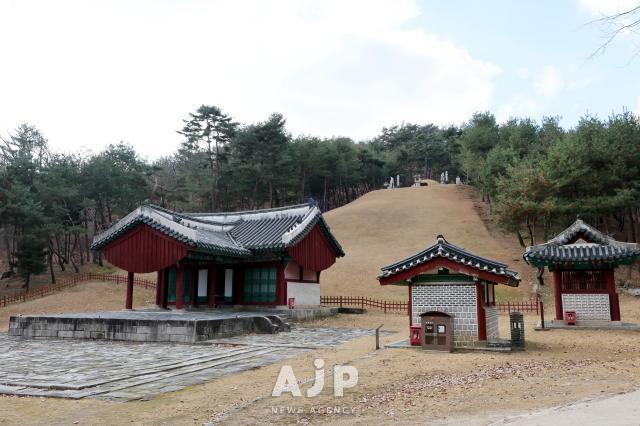



Copyright ⓒ Aju Press All rights reserved.




